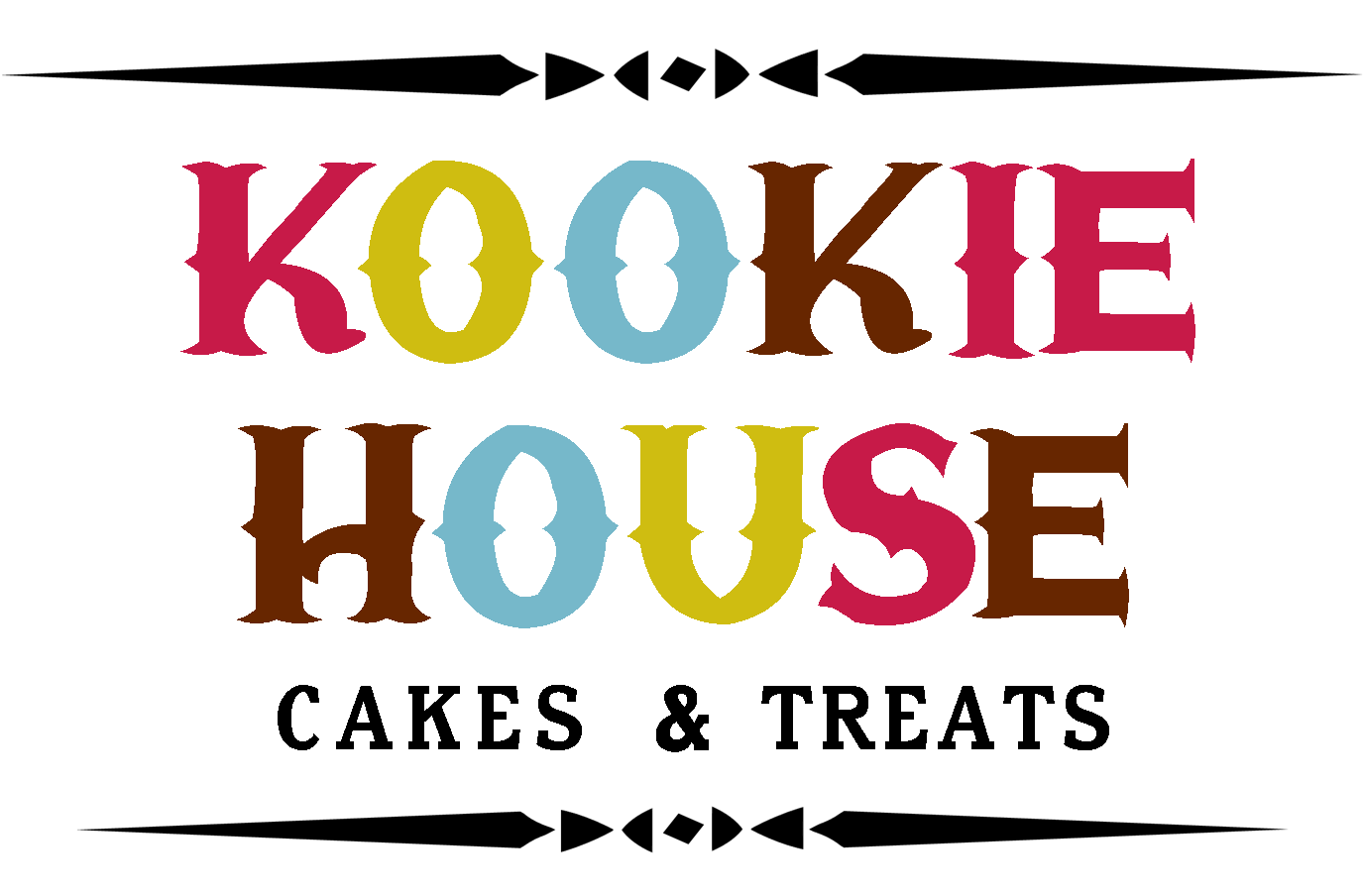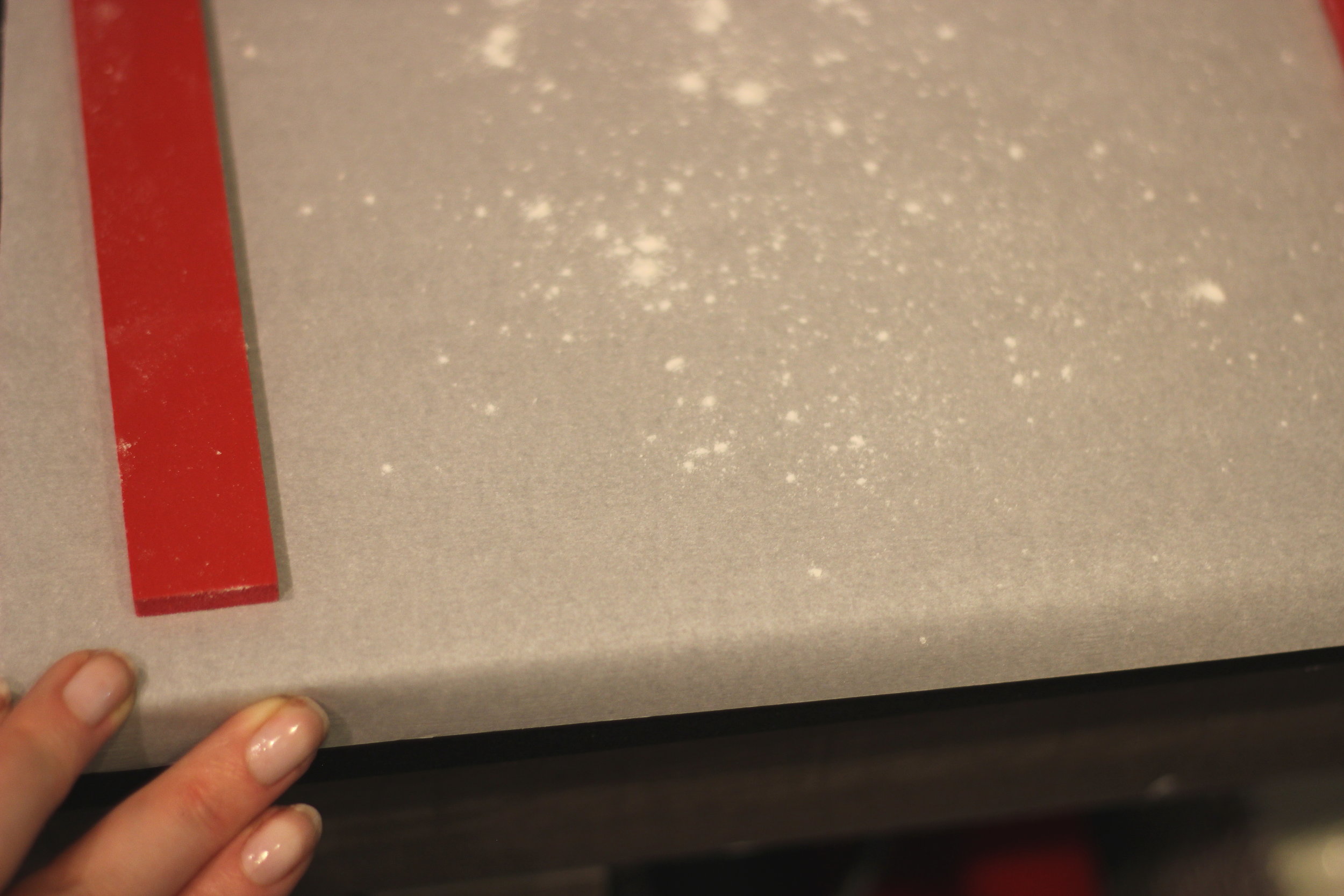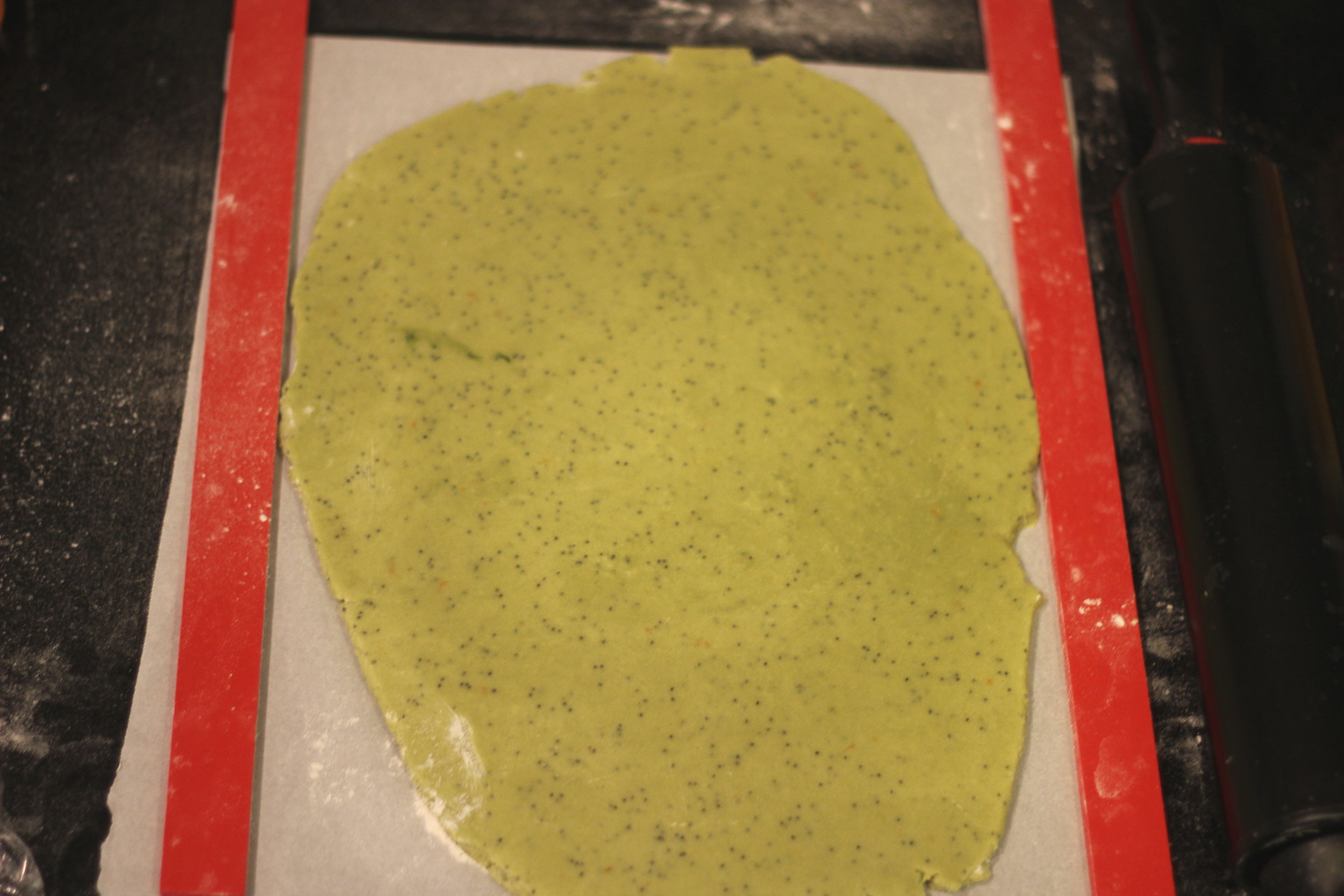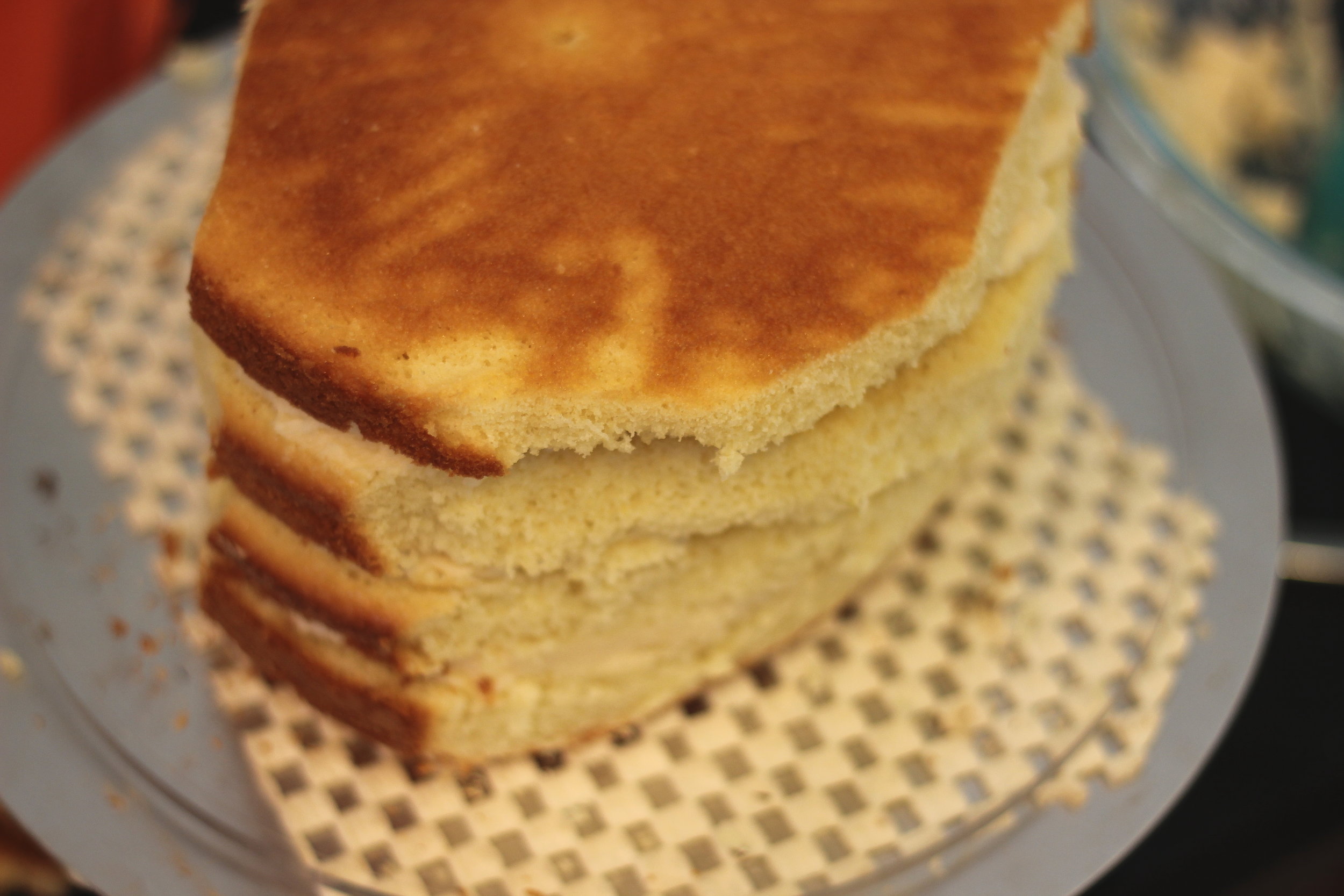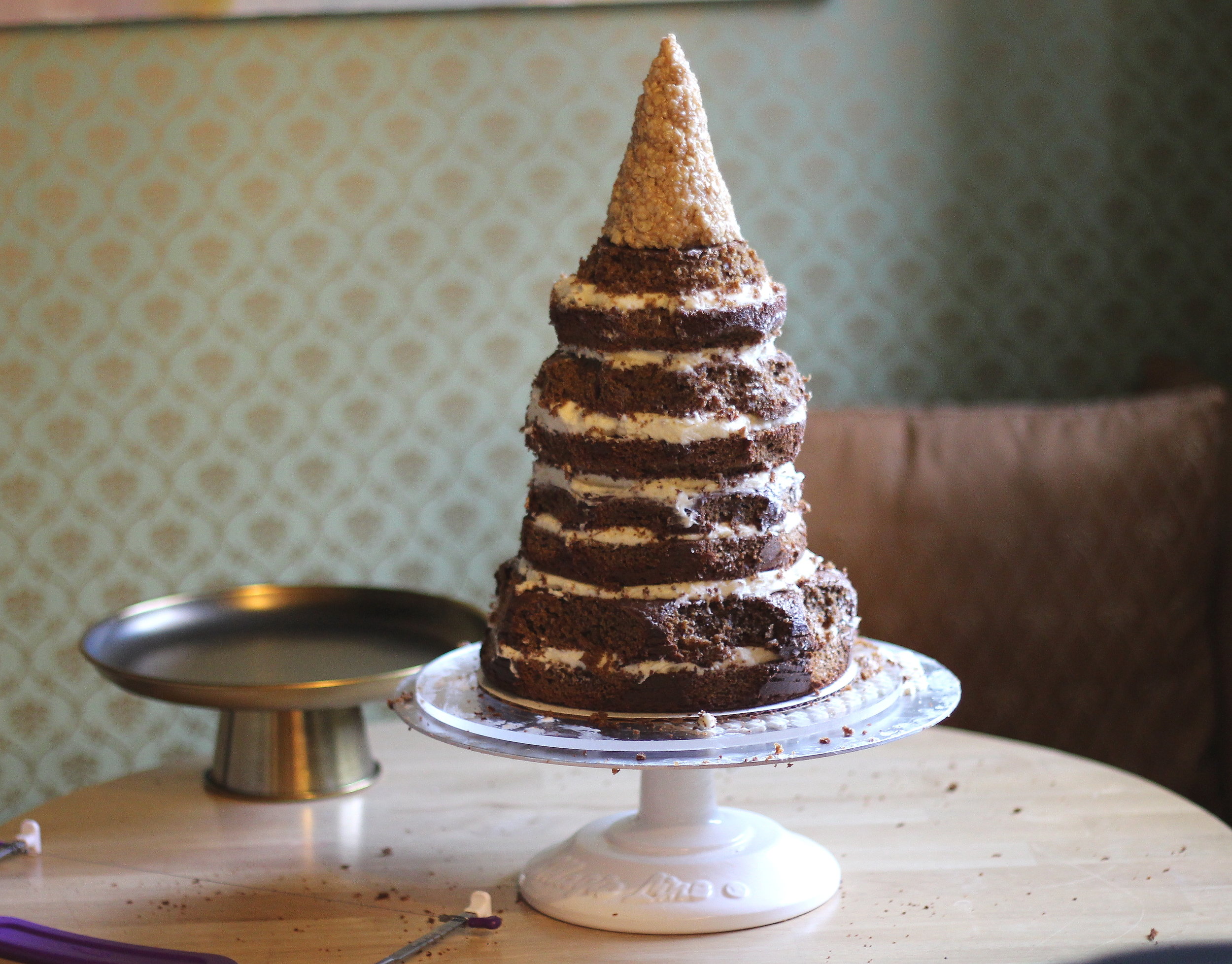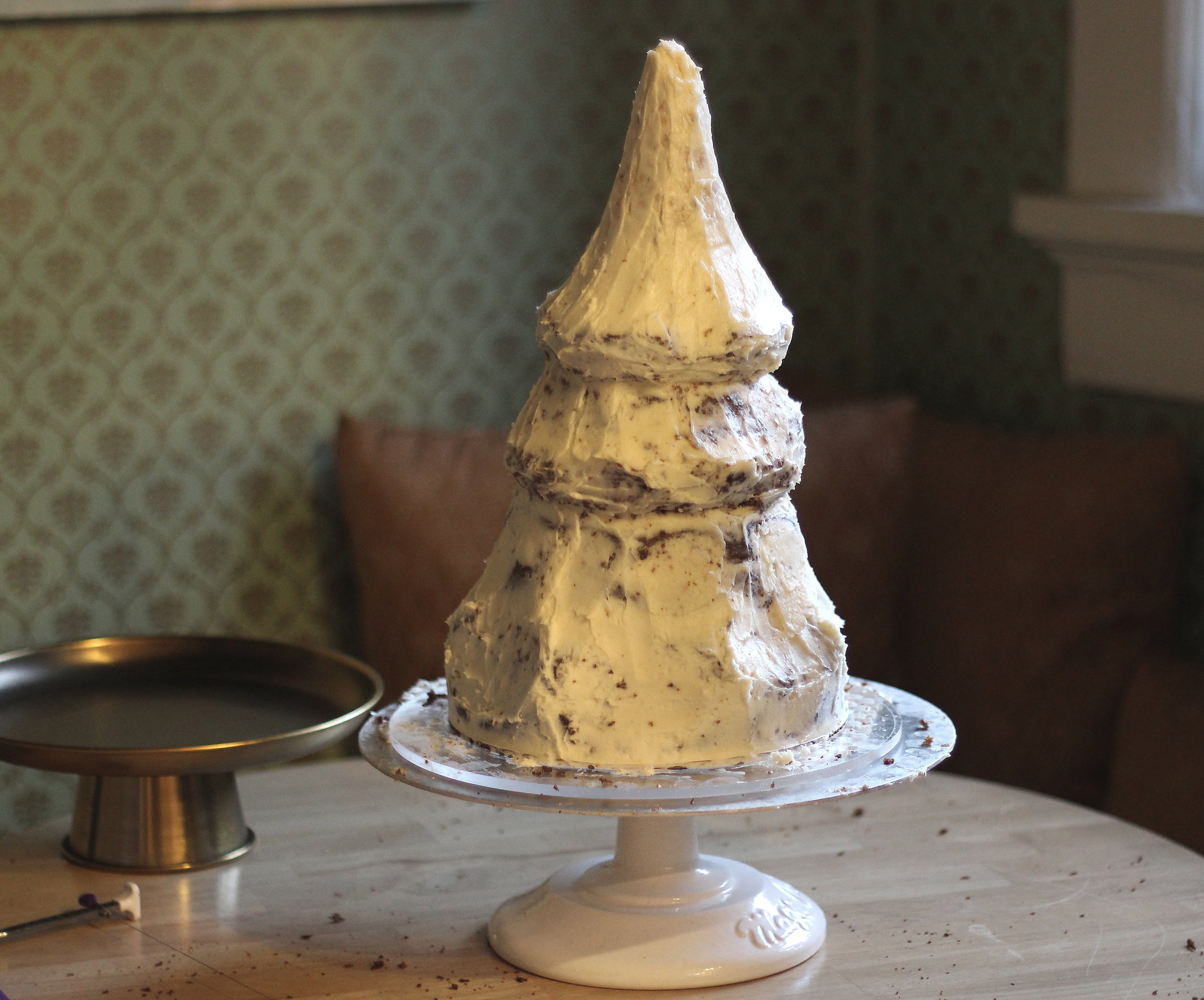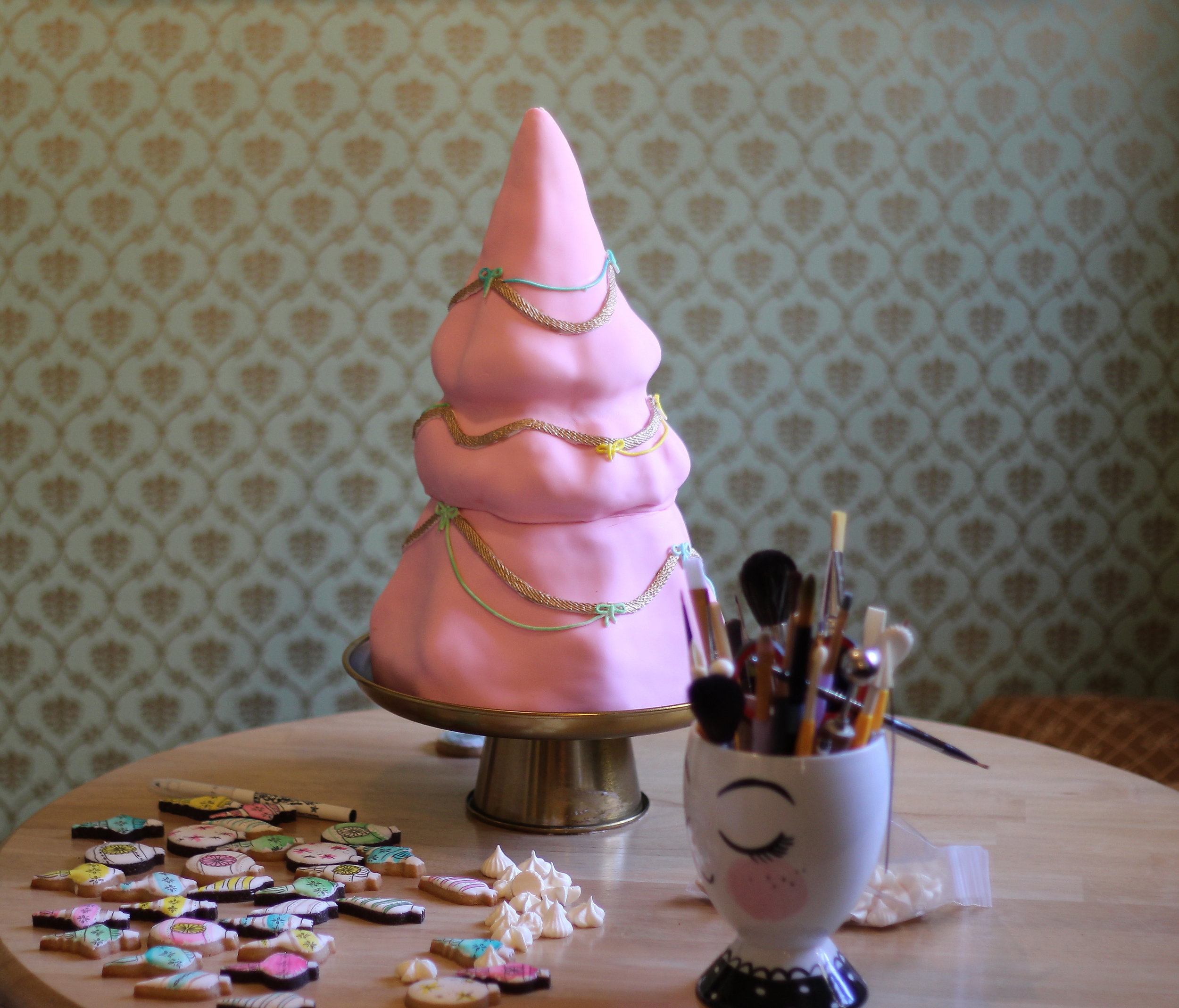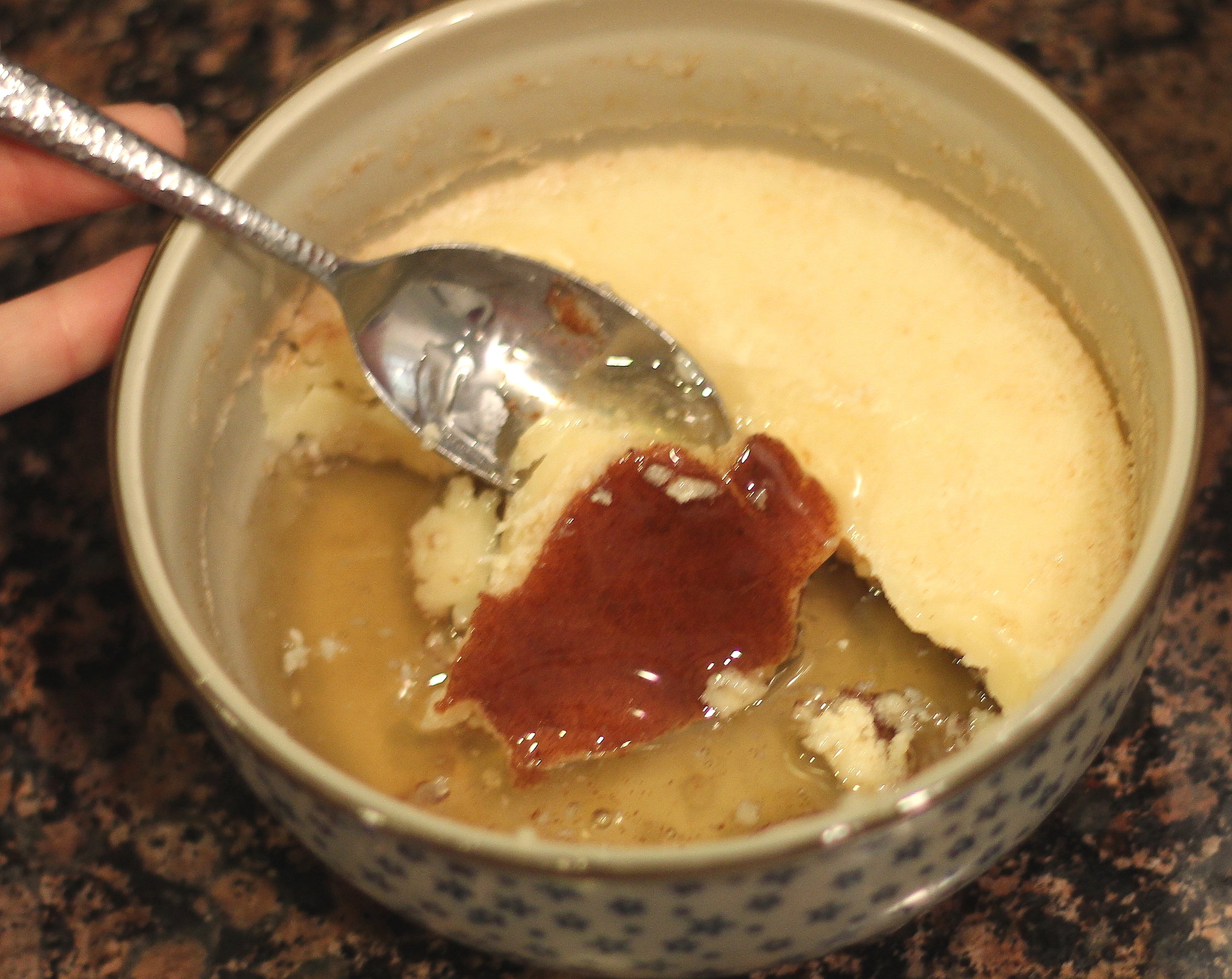One of my favorite books when I was little was the Runaway Bunny. It's a little sad and creepy now when I look at it again, as the best children's books always are, and it reminds me so much of my mom. I used this book as inspiration for these Mother's Day cookies on sale now here in Atlanta at Youngblood Boutique.
I also am a huge fan of Japanese ceramics, and I think the poppy seeds in this cookie remind me of the subtle textures and imperfection of some Japanese tea cups and plates, the wabi sabi kind, a little imperfect to remind us of our own imperfect, impermanent existence.
The farmer's market had some lovely mandarins on sale last week, and I thought their flavor would brighten up this matcha cookie I'd been working on for a while. I originally had a matcha ginger flavor, but I much prefer this mandarin version. It's sweeter and friendlier.
I tested this recipe with a regular/low quality green tea powder and a really nice, expensive one from the Asian grocery, and there was a big difference in taste. The low quality matcha made the cookies, well, green, but not very flavorful. The expensive stuff had a beautiful bright, almost neon green color and really tasted like the real deal, so take that info and do what you will with it.
Here's how I do my rolling out--it's a method that causes minimal stress/sticking and less distortion of your cut shapes. Overall the plan here is to just keep the dough on wax or parchment paper (wax is better since it wrinkles less in the freezer) and keep it cold. Not rolling out directly on your work surface also reduces the amount of flour you'll need to roll out, since it is ok that the dough sticks to the paper underneath.
1. Mix dough as described below, shape immediately into three discs and refrigerate for about 30 minutes to an hour, until cold and firm but not rock hard.
2. Place wax or parchment paper cut to the size of your cookie sheet on your working surface. Sprinkle with flour. Place perfection strips on paper, then position dough between them. Using flour as needed, roll out dough to desired thickness (I always use 1/4 inch--the thickest strips) and pick up paper with dough and place on cookie sheet, cover in plastic wrap, then immediately place in freezer. Stack all flattened dough sheets like this. Freeze until solid, at least 2 hours.
3. Remove one dough sheet at a time from the freezer and cut shapes from frozen dough and bake immediately or store in freezer-safe container. Re-roll scraps just once.
To keep the paper from sliding as you roll your dough, let the paper hang over the edge of your work table and push your tummy solidly up against it to keep it in place as you roll out. It will seem silly at first but it totally works.
Keeping your dough constantly cold will ensure your cookies don't spread much. These cookies will spread a tiny bit in the oven, which is not a huge deal if you are just eating these, but if you are a maniac like me and want a great trick to fixing spread edges that are a little too wabi sabi for your needs, just use a microplaner on the edges for more even, straight lines.
Admission: of all the cookie doughs I've made, this one is my favorite to eat raw. I know I know, you're not supposed to, but I do it all the time. It is so yummy.
piping party
I'm not a terribly patient piper, since I am much better with a paint brush than a piping bag, but I really wanted the look of piping on these cookies with the beautiful textured background. I cannot stop looking at the cute little bunnies on these cookies. A few small swipes of edible color dust defined their shapes really well.
MANDARIN MATCHA COOKIES
makes 15-30 cookies, depending on cutter size
2 c. unsalted butter, soft but cool
2 c. (425 g.) granulated sugar
3 mandarin oranges, zested, and one juiced
1 egg, room temperature
1 yolk, room temperature
1 tsp. vanilla extract
3 tsp. matcha green tea powder
1 tsp. sea or kosher salt
5 c. (635 g.) all-purpose flour
3 tsp. poppy seeds
Preheat oven to 350 degrees F. With a hand mixer, beat softened butter, sugar, salt, orange zest until just combined and smooth, about 2 minutes (stop before mixture begins to fluff up). Add eggs, vanilla extract, poppy seeds and matcha and mix for another minute. Add flour and beat just until dough comes together; do not over mix.
Prepare dough as described above and bake cut out shapes for 9-14 minutes, depending on the size of the cookie shape. Cookies are done when edges just barely begin to brown and center is set (do not allow to brown too much). Be sure to bake the same size cookies together, and allow at least 2 inches space around each cookie. Once cooled, frost with royal icing if desired and store in an air-tight container.
happy Mother's Day to all the moms out there, mine especially
